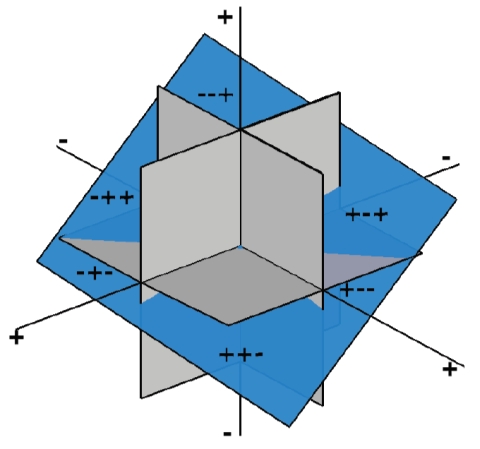TR2013-017
Robust 1-Bit Compressive Sensing via Binary Stable Embeddings of Sparse Vectors
-
- , "Robust 1-Bit Compressive Sensing via Binary Stable Embeddings of Sparse Vectors", IEEE Transactions on Information Theory, Vol. 59, No. 4, pp. 2082-2102, January 2013.BibTeX TR2013-017 PDF
- @article{Jacques2013jan,
- author = {Jacques, L. and Laska, J.N. and Boufounos, P.T. and Baraniuk, R.G.},
- title = {{Robust 1-Bit Compressive Sensing via Binary Stable Embeddings of Sparse Vectors}},
- journal = {IEEE Transactions on Information Theory},
- year = 2013,
- volume = 59,
- number = 4,
- pages = {2082--2102},
- month = jan,
- issn = {0018-9448},
- url = {https://www.merl.com/publications/TR2013-017}
- }
- , "Robust 1-Bit Compressive Sensing via Binary Stable Embeddings of Sparse Vectors", IEEE Transactions on Information Theory, Vol. 59, No. 4, pp. 2082-2102, January 2013.
-
MERL Contact:
-
Research Area:

Abstract:
The Compressive Sensing (CS) framework aims to ease the burden on analog-to-digital converters (ADCs) by reducing the sampling rate required to acquire and stably recover sparse signals. Practical ADCs not only sample but also quantize each measurement to a finite number of bits; moreover, there is an inverse relationship between the achievable sampling rate and the bit-depth. In this paper, we investigate an alternative CS approach that shifts the emphasis from the sampling rate to the number of bits per measurement. In particular, we explore the extreme case of 1-bit CS measurements, which capture just their sign. Our results come in two flavors. First, we consider ideal reconstruction from noiseless 1-bit measurements and provide a lower bound on the best achievable reconstruction error. We also demonstrate that i.i.d. random Gaussian matrices provide measurement mappings that, with overwhelming probability, achieve nearly optimal error decay. Next, we consider reconstruction robustness to measurement errors and noise and introduce the Binary-Stable Embedding (BSE) property, which characterizes the robustness of the measurement process to sign changes. We show that the same class of matrices that provide almost optimal noiseless performance also enable such a robust mapping. On the practical side, we introduce the Binary Iterative Hard Thresholding (BIHT) algorithm for signal reconstruction from 1-bit measurements that offers state-of-the-art performance.
Related News & Events
-
NEWS IEEE Transactions on Information Theory: publication by Petros T. Boufounos and others Date: January 23, 2013
Where: IEEE Transactions on Information Theory
MERL Contact: Petros T. Boufounos
Research Area: Computational SensingBrief- The article "Robust 1-Bit Compressive Sensing via Binary Stable Embeddings of Sparse Vectors" by Jacques, L., Laska, J.N., Boufounos, P.T. and Baraniuk, R.G. was published in IEEE Transactions on Information Theory.
